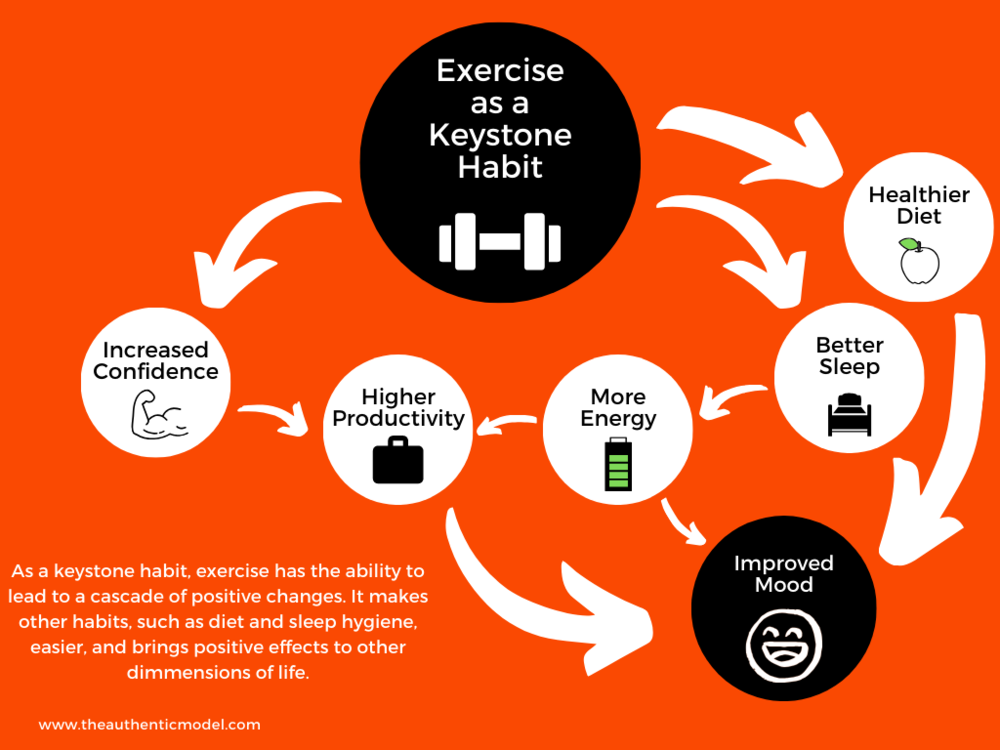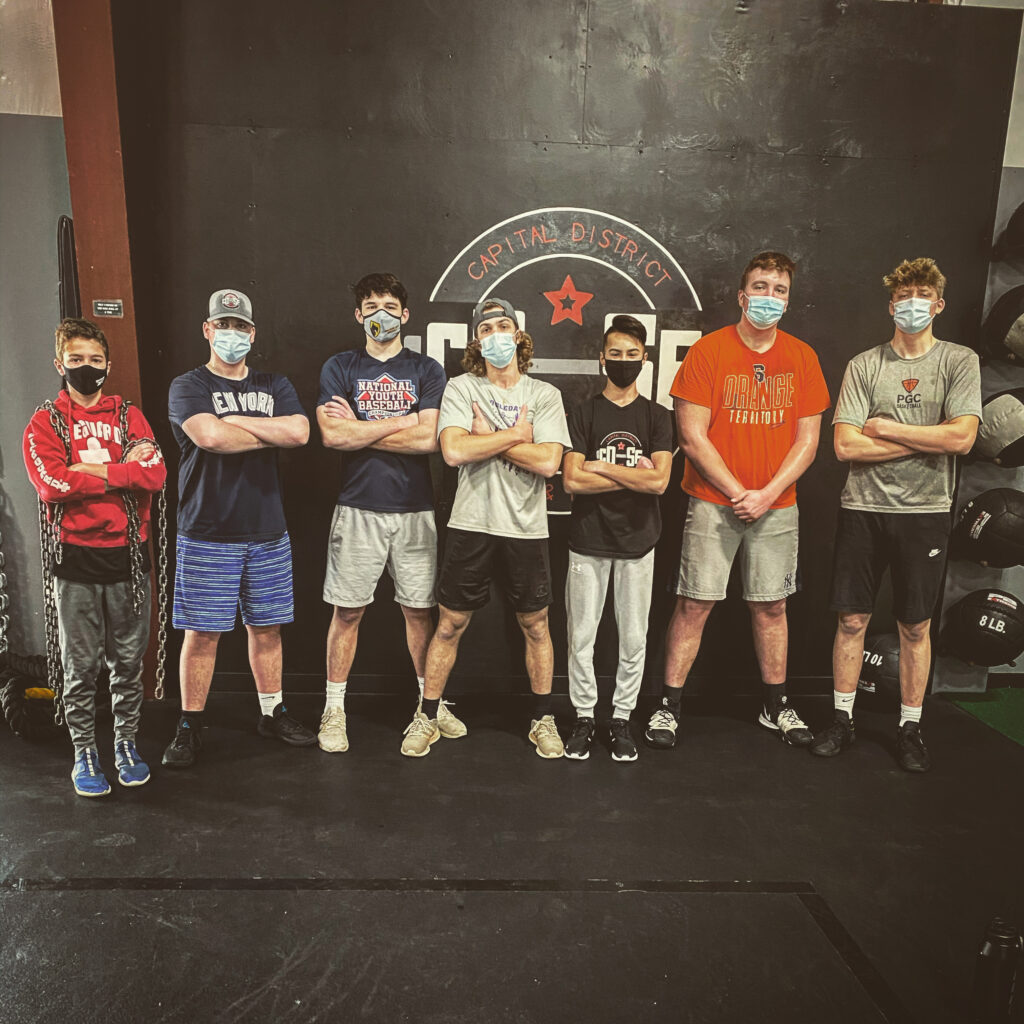When you’re sidelined with an injury, especially one that requires surgery, it’s easy to spiral into a mental state of uncertainty, fear, anxiety, and doubt.
Will I ever play again?
Will I be like I was before?
What if this is the end of my career?
These thoughts can push an athlete into a space where he or she starts to do less, stops going the gym, and the thoughts of never playing again become more real.
In today’s post we’ll discuss seven reasons why taking early intervention with physical therapy, strength and conditioning, and reframing your mindset is often the answer for pulling yourself out of a rut and creating a path to return to the field even better than before.
1. Reframing Your Mindset Will Greatly Improve Your Mental Health
How we view ourselves and perceive how others view us matters a lot. An athlete who’s experienced a traumatic injury is often not only dealing with the physical rehabilitation, but also the mental rehabilitation due to seconding guessing their self-identity and future in their sport.
Reframing your mindset to focus on the variables you can control instead of the factors you can’t, will help improve your mental health and motivation as you go through the rehab and return to play process. Below are a couple good examples of how you can shift your mindset.
- Instead of I can’t throw, hit, run, jump right now try, I will complete my physical therapy exercises every day and strength train 2x/week.
- Instead of thinking I’ll never be what I used to be- think I’m going to work hard during these next 6 months to come back even better than before.
2. Surrounding Yourself with Other Athletes Will Make You Feel Like an Athlete and Not a Patient
The need to spend hours every week with a physical therapist is a necessary step towards returning to the field. When looking for a physical therapist vetting one based on their skills and experience should be priority number one. You should also learn what type of setting he or she works in. At CDSF our physical therapist treats athletes on the training floor around other athletes. This makes the integration of a strength and conditioning program seamless. And due to being around other athletes, our coaching staff, and the energy of the gym it’ll make the rehabbing athlete feel more like an athlete and less like a patient.
3. Strength Training Can Serve as a Keystone Habit

In the book The Power of Habit, Charles Duhigg talks about Keystone Habits. This is one habit that creates a domino effect of other good habits. Imagine this…an injured athlete begins a strength and conditioning program, and it leads to:
- Making better nutritional choices
- Getting more sleep at night
- Drinking more water
- Having more positive thoughts
All of the above things will improve this athlete’s recovery time and better prepare his or her body to return to playing.
4. Strength Training Can Lead to Improved Body Composition
Too often an injured athlete becomes de-conditioned, loses muscle mass, and gains fat during the months after their injury. A smart strength and conditioning program can help an athlete not only maintain but gain muscle while rehabbing. More muscle and better body composition will lead to a greater chance the athlete doesn’t suffer a setback or re-injury during the return to play process.
5. A Proper Strength and Conditioning Program Will Fix Underlying Mobility and Strength Issues
Injuries don’t happen in isolation. Even though you can’t avoid all injuries when you make sure your body has the mobility and strength that is required to perform at a high level in your sport your chances greatly decrease. While the physical therapist is spending time helping injured tissue heal and making sure the joints at the injured area are functioning properly, a good strength program can address underly mobility and strength deficiencies that likely made you more susceptible to the injury in the first place.
6. Training Your Non-Injured Side Has Strength Carryover to Your Injured Side
Through a neurological mechanism call cross-transfer training your non-injured side will still improve the strength of your injured limb. For example, if you hurt your right arm then performing single-arm rows with your left arm only will lead to strength gains on your right arm.
7. Improving Your Aerobic System Will Lead to Better Motor Learning and Make Your Rehab More Effective
Our central nervous system is made up of two parts, your sympathetic (fight or flight) and parasympathetic (rest and digest). Aerobic training will shift your body into a more parasympathetic state. When your body is in this state your ability to learn new tasks and retain information greatly improves. Just think about the last time you were feeling really stressed and anxious (sympathetic). How difficult would it be to learn a new movement or skill?
Working on improving your aerobic system with a strength and conditioning program will make it much easier to learn new movement patterns that will keep you healthy while training and returning to your sport.
In Summary
Training an injured athlete isn’t an easy task and not everyone should do so without fully understanding the specific injury and surgery, as well as the anatomy and biomechanics involved. When a strength training program can be safely incorporated with a rehab program it can be a game changer for an athlete’s physical and mental health.
If you are an athlete with an injury please make sure you have a competent team made up of a doctor, physical therapist, and strength coach who are all in constant communication with each other.
About the Author
Mike is an experienced strength and conditioning coach and massage therapist who has spent the majority of his career in Boston training professional, collegiate, and high school athletes of various sports, as well as helping general fitness clients of all backgrounds learn to move better and get stronger than ever before. He earned his Bachelor of Science Degree in Applied Exercise Science, with a concentration in Sports Performance, from Springfield College and completed a highly sought after six-month internship at Cressey Sports Performance. Mike specializes in teaching athletes and general fitness clients to get the most out of their bodies by enhancing their movement quality and creating exercise programs that allow you to get stronger, faster, and more powerful in a safe and effective manner.



